You have spent a lot of time studying photography and how to use your camera. You feel confident that you’re starting to figure things out. You understand camera settings like: shutter speed, aperture, ISO, and exposure compensation.
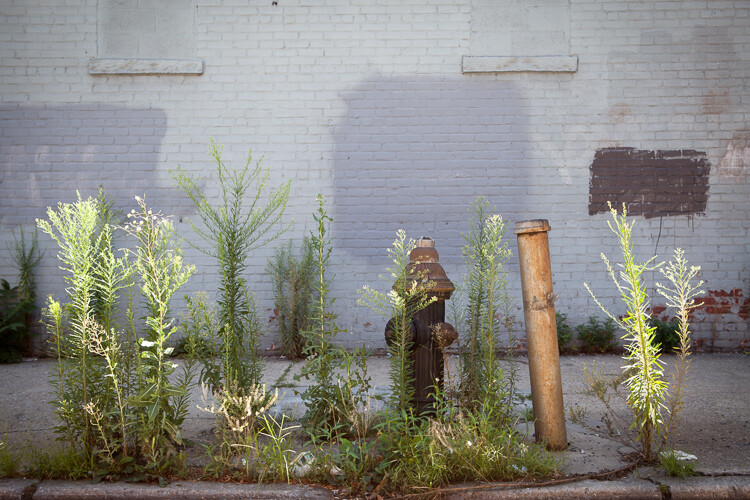
Brooklyn Weeds, New York
Can you relate to this?
Then you go on a trip or walk out the door with your camera, see an amazing moment, and you freeze. “What do I do? What settings will be best for this situation?” You return home to find too many of your shots are blurry, exposed incorrectly, you were often too slow to catch the moment, or the photographs don’t look like you saw the scene with your eye. It seems like you did everything wrong.
Does this sound familiar?
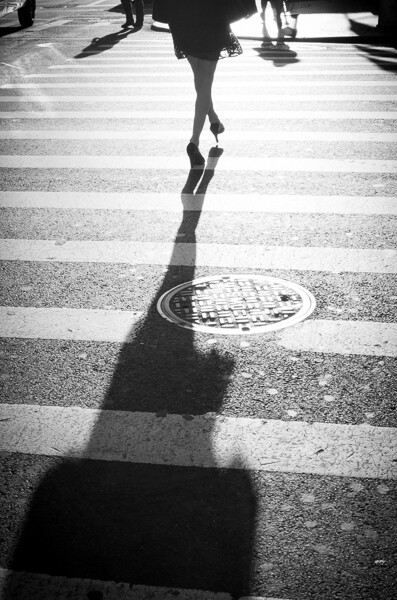
High Heels, SoHo, New York – backlighting can trick your camera meter.
The biggest newbie mistake is . . .
When working with photographers, I see this happen frequently. They understand everything they need to know about their camera, but yet they still freeze and do not know what to do when it counts. I believe this is due to one major issue. When they come across a beautiful scene, the first thing that they do is look at their camera to figure out what to do.
Do you see anything wrong with that last statement? It might seem logical to look at the camera, but it’s not, and it’s the reason that they (and possibly you too) are freezing up.
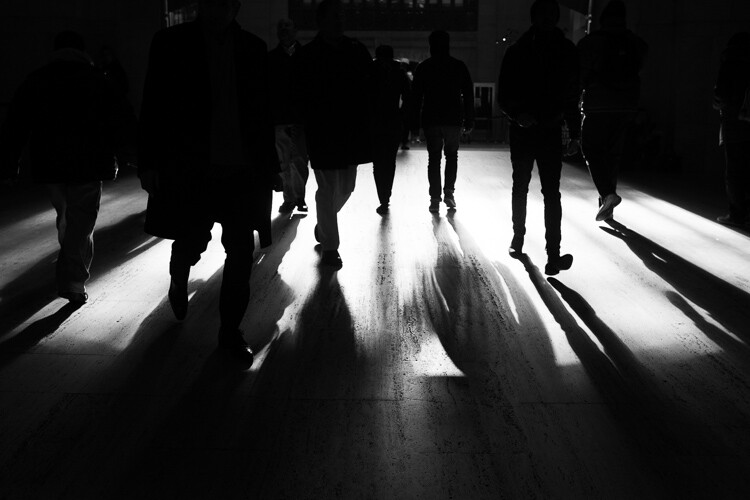
Grand Central Terminal, New York – high contrast light can trick your meter, what will you expose for?
Consider the light before thinking about your camera settings
Before you even think about your camera, you need to first look at the light, and understand it. How can you know how to set your camera settings, if you don’t first understand the light?
How strong is the light? Are you in bright sunlight, in light or dark shade, or is it dark out? Are you dealing with artificial light? Is there back lighting, front lighting, or side lighting?
Does the scene have both dark shadows and bright highlights? These are situations where most newer photographers screw up, because this can confuse the camera light meter. In these moments, you need to figure out whether you want the shadows or the highlights to be exposed correctly. Do you want to raise the exposure compensation so that the shadows are exposed correctly? Or would the scene look better if you exposed for the highlights and had really dark shadows?
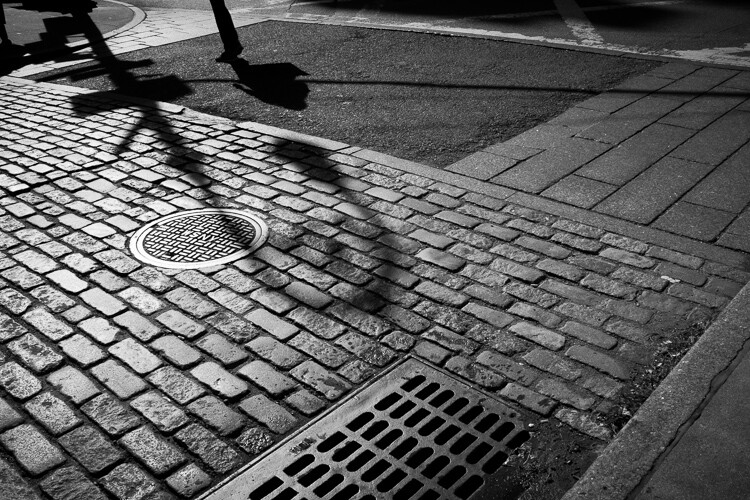
SoHo Cobblestone, New York
Use your eyes not the camera
These are all the thoughts that should go through your head before you begin to tweak your settings. When you walk out the door, immediately look at the light. Pay attention to the times when you go from sunlight to shade and vice versa. Make sure to change your settings to work with that light. It can help to even stop taking photos for a while and just look around, especially as you are learning. Try to see the light, and to improve at noticing how it affects your photographs. Your eyes are the most important factor here, not the camera.
From this point, learning is trial and error. Many photographers use Aperture Priority, Shutter Priority, or Manual mode to get to the same endpoint. As the saying goes, there are many ways to skin a cat. So, while the different settings each have their advantages in specific situations, none is better than the others.
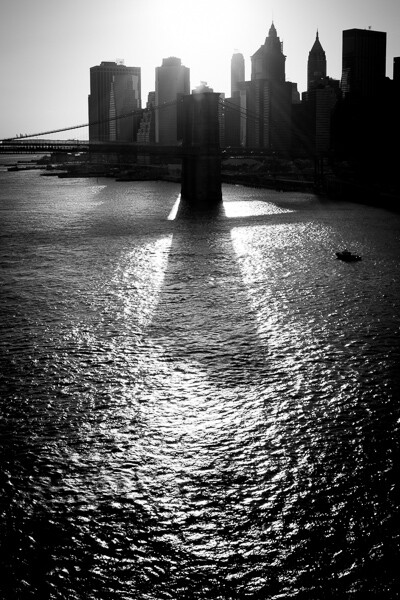
Brooklyn Bridge Tower, New York
Follow this plan
Think about what aperture you are going to want. Do you want a large or shallow depth of field (or do you even have a choice due to the amount of light)? Are you photographing anything in motion, or using a long zoom such as 300mm (the shutter speed always needs to be at least 1 over the focal length to offset handheld camera shake)? If so, you will need a faster shutter speed. Based on this, and how strong the light is, you can then set your ISO accordingly, depending on how much light is available.
Playing with your settings is important at first. If you are shooting in Aperture or Shutter Priority, pick your setting (e.g. f/5.6), but always pay attention to the other number (e.g. shutter speed 1/60th) that the camera is choosing for you. This will help you understand the settings (and how they work together) more than anything else.
Manual mode is good for learning
This is also a reason why spending a few days shooting in manual mode can be very good for your development. I usually prefer Shutter or Aperture priority, unless I have a long time to set up the shot, or if I’m in very consistent or studio lighting. But, learning in manual mode and reviewing the images as you shoot, can help you learn the light and your camera settings very quickly. This will improve your ability to shoot in Shutter and Aperture priority as well.
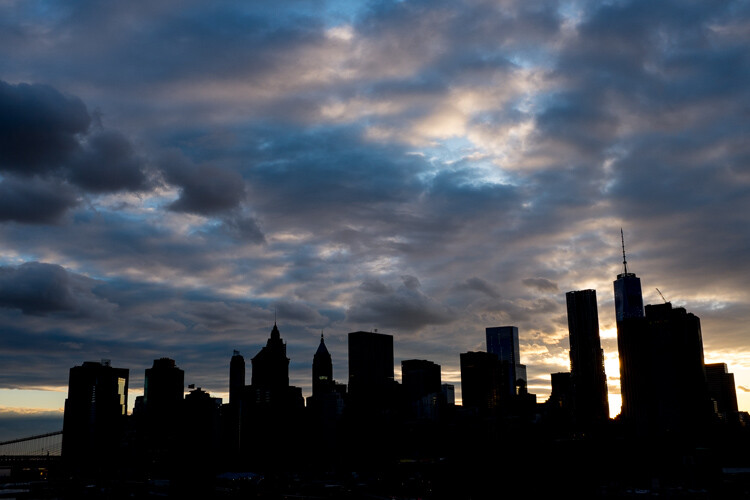
Manhattan Skyline, New York
Review during editing
The last step is to review how you did during the editing process. This is very important to do early on. Go through your images and see which were blurry, exposed wrong, or where the depth of field could have been better. Look at the settings you used. You don’t want to just rely on Lightroom to fix your images. Try hard to improve when you are shooting, so you won’t have to fix images later. Your photography will be better for it, and you will be more comfortable with your camera settings the next time you are out shooting.
So next time you walk out the door with your camera, take a step back from it all, and just look around at the light. Notice where the sun or artificial lights are in relation to you, look at the highlights and shadows, and even look at the color of the light. The more you do this, the better you will become at setting your camera, and the better photographer you will become.
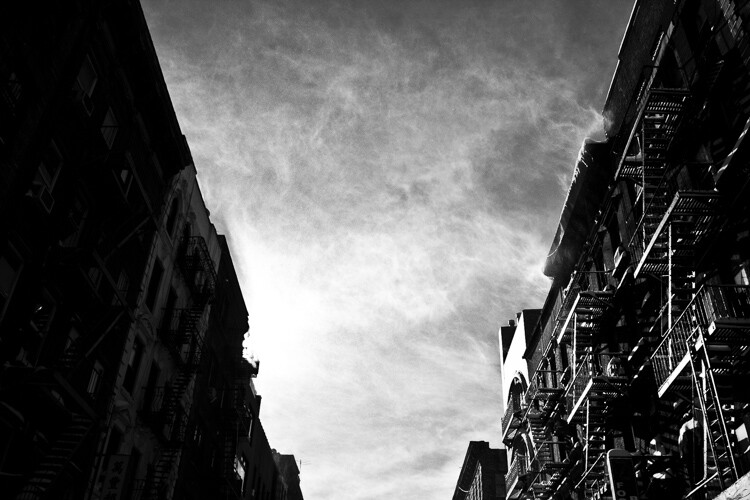
Chinatown Snowstorm, New York
googletag.cmd.push(function() {
tablet_slots.push( googletag.defineSlot( “/1005424/_dPSv4_tab-all-article-bottom_(300×250)”, [300, 250], “pb-ad-78623” ).addService( googletag.pubads() ) ); } );
googletag.cmd.push(function() {
mobile_slots.push( googletag.defineSlot( “/1005424/_dPSv4_mob-all-article-bottom_(300×250)”, [300, 250], “pb-ad-78158” ).addService( googletag.pubads() ) ); } );
The post The #1 Reason Why New Photographers Struggle with Camera Settings by James Maher appeared first on Digital Photography School.

Digital Photography School
























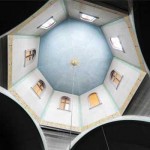





You must be logged in to post a comment.